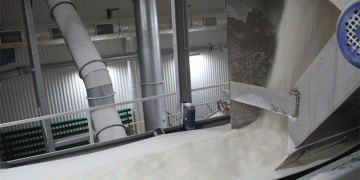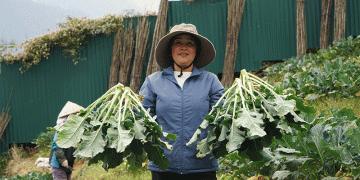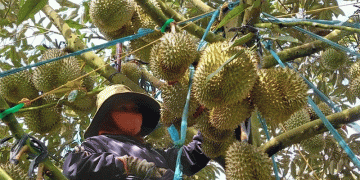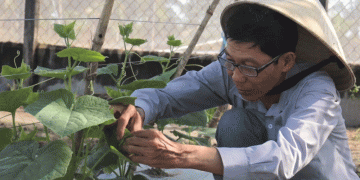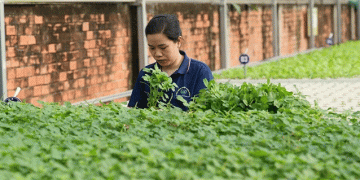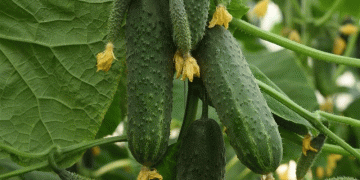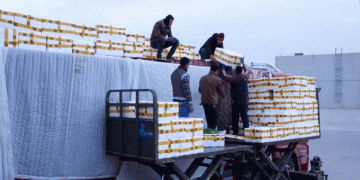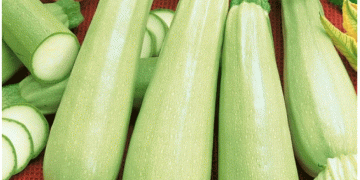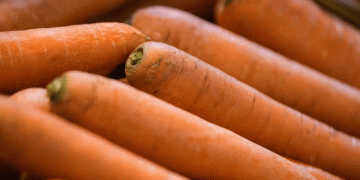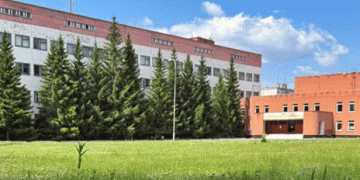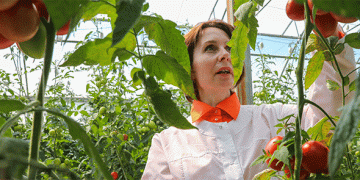On September 1st, the Zainsk Sugar Factory officially commenced its processing campaign, turning the first sugar beets of the new harvest into white sugar. This annual “sweet start” is a pivotal event for the regional agricultural economy, signaling the beginning of a months-long, intensive operation that tests the efficiency of both the agricultural supply chain and the industrial processing capabilities. The plant has shifted to a 24/7 operational model, a necessary step to handle the vast and perishable incoming supply from local farms.
Industrial Capacity and the Imperative of Perishability
The key metric defining this campaign is the plant’s daily processing capacity: 8,000 tonnes of sugar beet. This figure is not just a measure of output; it is a critical number that dictates the harvest schedule for every supplying farmer. Sugar beets are a highly perishable raw product; once harvested, their sucrose content begins to degrade rapidly. According to a 2023 review in the International Sugar Journal, delays between harvesting and processing of more than a few days can lead to significant sugar yield losses and increased impurities.
The plant’s reported stockpile of over 35,000 tonnes of beets at its storage fields represents a strategic buffer. This stock equates to roughly 4-5 days of processing volume, ensuring a continuous flow of raw material to the factory and mitigating any short-term disruptions in field harvesting caused by weather or logistical delays. This seamless integration of field hauling and factory processing is essential for maximizing the final sugar recovery rate, a primary determinant of profitability for both growers and the processor.
A Symbiotic Relationship: Factory and Grower Success
The success of a processing campaign is deeply intertwined with the quality of the raw material. The comment from Deputy General Director Alexander Tsvetkov, thanking agricultural partners for “quality raw material,” underscores this symbiosis. Modern sugar beet contracts often include premiums for high sucrose content and penalties for dirt tare or impurities, incentivizing growers to adopt precision agronomy and careful harvesting techniques.
The fact that the plant draws beets from Zainsky district and five neighboring municipalities indicates a well-established and reliable collection network. For farmers, the presence of a large, local processing plant guarantees a market for their high-volume crop and reduces transportation costs and time, directly preserving beet quality and their own profit margins.
The start of the campaign at the Zainsk Sugar Factory is more than a ceremonial event; it is the activation of a complex, time-sensitive agricultural-industrial system. The plant’s 8,000-tonne daily capacity and strategic beet reserves are designed to efficiently convert a perishable field crop into a stable, shelf-ready commodity. For the supplying farmers, the factory’s operational readiness is the culmination of their season’s work, where the value of their harvest is ultimately realized. The weeks ahead will be a test of logistics and coordination, where the close partnership between agronomists, farm machinery operators, and factory engineers will be paramount to a successful and profitable season for all parties involved.
